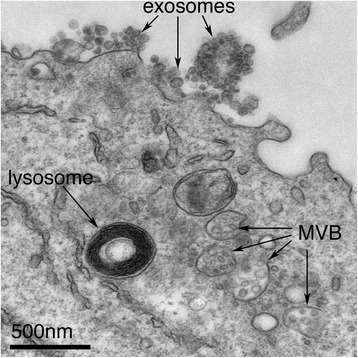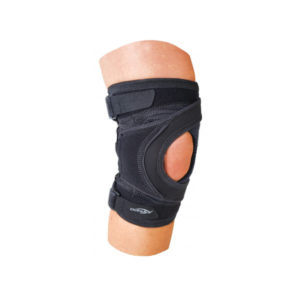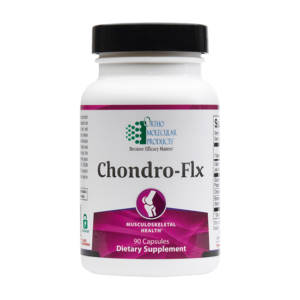Debunking the Hype: Why Exosomes Should Not Be Used for Orthopedic Issues
In recent years, exosome therapy has emerged as a promising field in regenerative medicine, capturing the attention of researchers, clinicians, and patients alike. Exosomes are tiny vesicles secreted by cells that contain bioactive molecules, and they are believed to have the potential to promote tissue repair and regeneration. While the potential applications of exosomes are broad, caution must be exercised when considering their use for orthopedic issues. In this blog, we’ll explore the reasons why exosomes should not be hastily adopted as a solution for orthopedic problems.
1) Lack of Sufficient Clinical Evidence:
One of the primary concerns surrounding the use of exosomes for orthopedic issues is the limited clinical evidence supporting their efficacy. While studies in cell cultures and animal models have shown promising results, translating these findings into successful human treatments is far from guaranteed. As of the current data in September 2023, there is a lack of large-scale, well-designed clinical trials demonstrating the consistent and significant benefits of exosome therapy for orthopedic conditions.
2) Complex Regulatory Status:
The regulatory landscape surrounding exosome therapy is complex and evolving. Exosomes are not classified as drugs, making it challenging to establish standardized protocols for their isolation, characterization, and administration. The lack of standardized regulations can lead to inconsistencies in treatment quality, potentially compromising patient safety and outcomes. Currently the FDA does NOT sanction the use of exosomes in orthopedics and musculoskeletal medicine in any type of clinical setting, outside of in a monitored experimental setting.
3) Heterogeneity of Exosomes
Exosomes are not a uniform population of vesicles; they are heterogeneous in terms of their cargo and composition. This variability can make it difficult to control and predict their effects, especially in the context of orthopedic treatments where precise targeting is essential. Without a clear understanding of which exosomal components are responsible for therapeutic effects, using exosomes for orthopedic issues becomes a risky proposition.
4) Limited Understanding of Mechanisms
While exosomes are believed to exert their effects by transferring bioactive molecules to recipient cells, the exact mechanisms through which they achieve tissue repair and regeneration are still not fully understood. Without a comprehensive grasp of these mechanisms, it’s challenging to optimize exosome therapy for specific orthopedic conditions.
5) Availability and Cost
The production and isolation of exosomes can be a labor-intensive and costly process. This could potentially drive up the cost of treatment, making it inaccessible to a significant portion of patients. Additionally, the demand for exosome-based therapies could outpace the supply, leading to concerns about quality control and consistency.
6) Alternative Established Treatments
Orthopedic issues often have well-established treatment options that have undergone rigorous testing and validation. These treatments, such as physical therapy, medication, and surgical interventions, have been refined over years of research and clinical practice. More recently, treatments such as PRP have shown level 1 evidence of helping improve pain and function for orthopedic conditions (when done correctly). On the other hand, exosomes have yet to demonstrate this. Opting for exosome therapy over these established treatments without sufficient evidence may expose patients to unnecessary risks and uncertainties.
In conclusion, while the field of exosome therapy holds promise for a wide range of applications, it’s crucial to exercise caution when considering its use for orthopedic issues. The lack of robust clinical evidence, complex regulatory status (currently illegal to use per the FDA), heterogeneity of exosomes, limited understanding of mechanisms, high costs, and availability of proven alternatives, all highlight the need for a prudent approach. Until more research is conducted and clearer guidelines are established, patients and clinicians should prioritize evidence-based treatments for orthopedic conditions to ensure the best possible outcomes.





